Phonics
High quality phonics teaching is at the heart of early education, securing the crucial skills of word recognition that, once mastered, enable children to read fluently and automatically. Once children are fluent readers, they are able to concentrate on the meaning of the text and make the shift between learning to read and reading to learn. Reading is seen as a skill so essential to access the world around them.
In school we follow the Sounds-Write programme to teach phonics. We aim to ensure that all children are fluent readers by the time they leave KS1 and have a love and enjoyment of reading. All adults involved with teaching phonics have attended a 4-day training programme on the delivery of Sounds Write. Our reading scheme in Reception and Year One is entirely decodable, using Sounds-Write texts and Phonics Dandelion Readers.
Phonics and spelling
The Sounds-Write programme is used to teach phonics and spelling. We begin teaching an awareness of sound and sound identification in Nursery and as children show readiness they begin to access the initial code of Sounds-Write phonics. All pupils in Reception begin the initial code in the September of their Reception year. They continue on their phonics journey throughout Year One and into Year Two, with the aim of leaving KS1 as fluent readers, secure in word building and recognition.
We explicitly teach the 3 skills of:
- Blending
- Segmenting
- Phoneme manipulation (sound swapping)
The children are taught to decode and encode by understanding 4 clear concepts:
- Letters are symbols that represent sounds that they sa
- Sounds can be spelt using 1,2,3 and 4 letters – f, oa, air, eigh
- The same sound can be spelt in different ways – bone, coat, toe, window, shoulder
- The same spelling can represent different sounds – bread, eat, great
All adults in school use the same consistent, concise language about sounds and spelling when teaching. We say that the letters spell sounds they do not say sounds. We use phrases such as:
In this word…
If this was…this would be…
This can spell…what else can it spell?
Say the sounds and read the word.
Where should children be at this point?
Where are they going to next?
What sounds do children know?
Consistency of time and resources are applied effectively to support the teaching of daily phonics. The discrete teaching of phonics and reading has become a natural and everyday part of every aspect of the curriculum.
Pupils in EYFS and KS1 are given additional support as required to master their phonics. Pupils in KS2, who have gaps in the phonics, continue to be supported through timely and effective intervention and decodable readers for older pupils.
Please take a look at our guide for more information:
St Josephs Catholic Primary Parent Carer Guide to Phonics
Early Reading
As a school, we acknowledge that a teacher of reading (which is every teacher) requires secure knowledge of each of the 5 areas below and should therefore teach reading as a skill which incorporates many other skills.
Parent links- Free course
Part 1: https://www.udemy.com/course/help-your-child-to-read-and-write/
Part 2: https://www.udemy.com/course/help-your-child-to-read-and-write-part-2/


